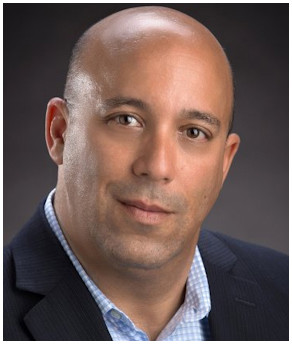Complex Care: A step towards putting patients first

An interview with Kathleen Noonan, the chief executive officer of the Camden Coalition of Healthcare Providers, in the December issue of Patient Safety offers a promising look at the potential for Complex Care to support patients and help reduce emergency room visits.
The Problem
In 2002, a breakfast meeting among doctors in Camden, New Jersey, led to a realization that they all shared a concern about patients whom they had treated but ended up returning to the emergency room for care. Rather than blame the patients, the doctors formed a coalition to think through this problem. Ultimately, they concluded that these patients struggled to navigate the health care system, thus leaving them unable to get stabilized, connect to a doctor’s office, or access services optimally.
Further investigation led to the finding that for many patients with chronic health conditions, the way their care was set up was too fragmented for them to be able to follow through.
The Goal of Complex Care
Driven by their conviction that it was the system that was not delivering, rather than the patient being neglectful, the Coalition set its sights on figuring out “what is driving the patient. What will allow them to get stable in their life, and in a way then that could help improve their health situation.”
The Solutions
Noonan described three ways the Coalition made changes to reduced ER visits and streamline care.
- 1. Organizing a Health Information Exchange. By sharing data among health systems in the area, they could track who had visited an ER or who had been admitted to the hospitals. Armed with this information, they moved on to “triage,” which involves identifying which of these patients “have both health complexity and social complexity.” Once identified, the team provided “health care management” for them that addressed the needs they had, whatever those needs might be. Such needs ranged from unstable housing to lack of transportation to difficulty scheduling follow-up appointments.
- 2. The 7-Day Pledge. The second initiative is directly connected to how hard it was for complex care patients to make follow-up appointments. A Clinical Redesign Team was assembled to work with providers to change the “workflow” and increase staffing, so that these patients could have better access to care. The team also helped patients schedule the appointments they needed, thus reducing ER visits.
- 3. Blueprint for Complex Care. This document, co-authored by the Institute for Healthcare Improvement, the Center for Health Care Strategies, and a large group of advisors from around the country, makes recommendations for large-scale, systemic changes that will best serve patients.
The Takeaways
These efforts should be commended. They demonstrate recognition by health care providers that patients in complex care situations need to be supported beyond an initial procedure or office visit. Rather than blame patients for not following directions, these providers seek to use data to improve the ability of patients to seek and receive comprehensive follow-up care.
On the other hand, the fact that this Coalition was created suggests that health care systems do not always meet the needs of the patients they are supposed to serve. If you or someone you love is concerned about the care that they have received, The Eisen Law Firm can help. Call our experienced Cleveland malpractice lawyers to discuss your options for legal recourse and for obtaining the compensation you deserve. To schedule your free consultation, call 216-287-0900 or contact us online today.




